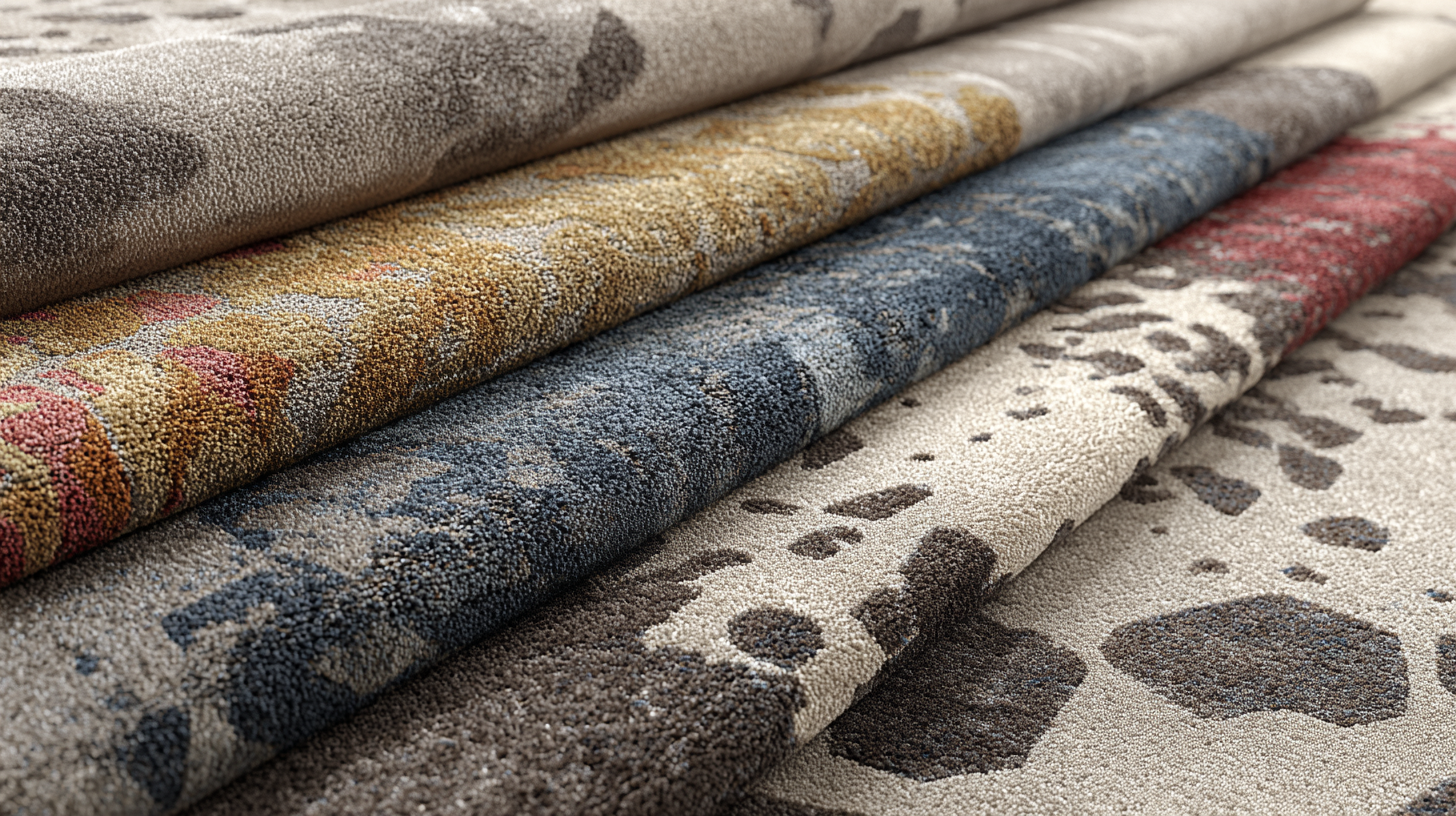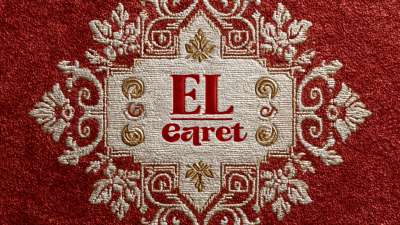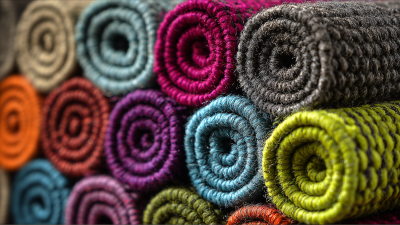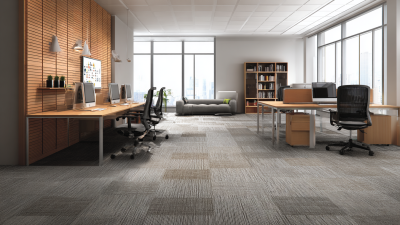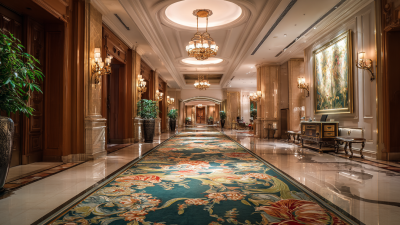
-
Home
-
About Us
-
Products
-
News
-
Blog
-
Contact Us
Leave Your Message

As we step into 2025, the world of interior design continues to evolve, and one of the key elements at the forefront is Loop and Pile Carpet. According to the "Global Carpet and Rugs Market" report by Mordor Intelligence, the market is projected to reach USD 41.8 billion by 2025, with a substantial increase in demand for eco-friendly and innovative carpet designs. This rise highlights the critical role that Loop and Pile Carpet plays in both aesthetic appeal and sustainability.
The Loop and Pile Carpet segment is experiencing a renaissance, driven by changing consumer preferences and advancements in manufacturing technologies. Industry analysts from Technavio reveal that there has been a significant shift towards textured carpets that offer both comfort and durability, which loop pile styles, known for their tightly woven fibers, provide. Furthermore, with the growing trend of biophilic design, these carpets are increasingly being incorporated into spaces that seek to connect nature and contemporary living, reflecting a desire for harmony with the environment.
In this exploration of the future design trends for Loop and Pile Carpet, we will delve into the top five influences shaping the industry—sustainability, performance, aesthetic diversity, innovation in materials, and multifunctionality. These trends not only enhance the visual appeal and versatility of spaces but also align with the ongoing quest for environmentally responsible choices, marking a significant journey for Loop and Pile Carpet in 2025.
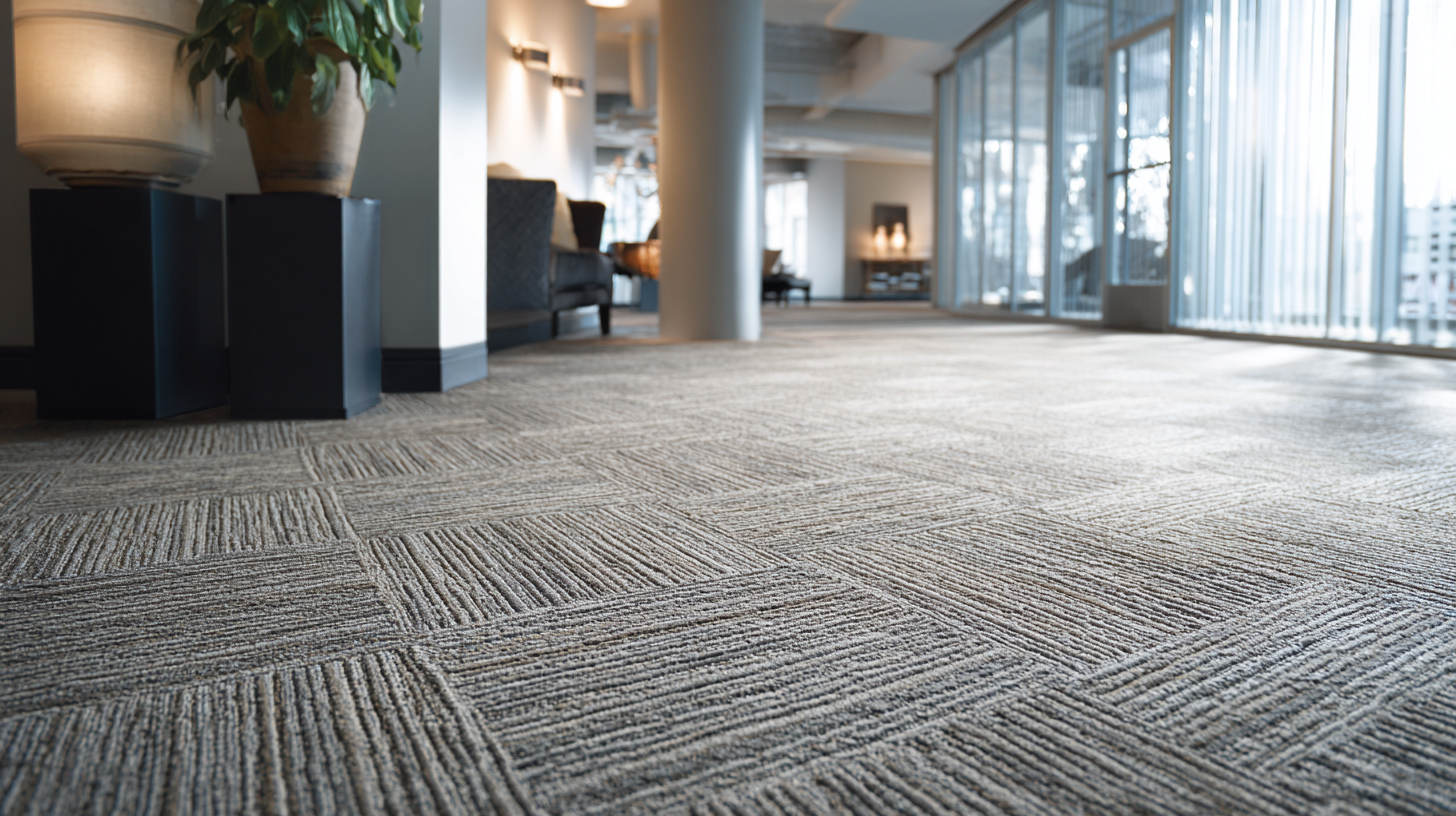
The landscape of loop and pile carpet design is set to be revolutionized by innovative materials in 2025. According to the latest data from the World Floor Covering Association, the demand for sustainable and eco-friendly materials in carpet production is expected to increase by 30% over the next two years. Manufacturers are investing heavily in the development of recycled fibers and bio-based materials, aiming to reduce the environmental impact of traditional carpet manufacturing. This trend not only caters to the growing consumer awareness regarding sustainability but also aligns with regulations that encourage green building practices.
In addition to sustainability, advancements in technology are leading to the creation of high-performance carpets. Reports from the International Textile Manufacturers Federation highlight that smart textiles, which integrate functionality such as stain resistance and enhanced durability, are becoming prominent in carpet lines. Loop and pile carpets featuring these materials are not only aesthetically pleasing but also offer superior longevity and ease of maintenance. As consumers seek products that combine style with practicality, the adoption of such innovative materials is likely to shape the future of loop and pile carpet design significantly, setting new benchmarks for both performance and environmental responsibility.
The future of loop and pile carpet design is firmly anchored in sustainable practices and eco-friendly designs as we look toward 2025. With the global handloom carpet market projected to grow from approximately $1,038 million in 2025 to nearly $2,010 million by 2032, reflecting a compound annual growth rate (CAGR) of 8.99%, the industry is witnessing a significant shift towards sustainability. This trend not only caters to the increasing demand for environmentally responsible products but also aligns with a broader consumer consciousness regarding eco-friendly practices in home decor.
In tandem with this growth, the global carpet and rug market is anticipated to witness a CAGR of 9.1%, underscoring the rising popularity of sustainable flooring options. Many manufacturers are now prioritizing eco-friendly materials and production methods to align with consumer values. The adoption of sustainable practices, such as utilizing recycled materials and reducing waste in manufacturing processes, is becoming a standard, paving the way for innovative designs that do not sacrifice style for sustainability. As we navigate this evolving landscape, the work of designers and brands that champion green practices will be crucial in defining the future of carpet design in residential and commercial spaces.
As we move into 2025, the world of loop and pile carpet design is undergoing a significant aesthetic shift, with bold colors and striking patterns taking center stage. This new emphasis reflects a broader trend in interior design, where expressive and vibrant spaces are becoming increasingly popular. Designers are moving away from muted tones and subtle textures, opting instead for rich, saturated hues and geometric or organic patterns that serve as focal points in any room.
The incorporation of these daring designs transforms flooring from a functional aspect of a room into a statement piece that tells a story. Homeowners are embracing this trend by choosing carpets that not only complement their decor but also infuse their spaces with personality and energy. The combination of varied pile heights and intricate patterns allows for a unique interplay of light and texture, giving carpets a dynamic quality that enhances the overall ambiance of the environment. As sustainability continues to be a priority, many manufacturers are also exploring eco-friendly dyes and materials, ensuring that these vibrant designs are both stylish and responsible.
The future of loop and pile carpet design is being significantly shaped by technological advancements that enhance both functionality and aesthetics. According to a report by the carpet and rug industry, innovations such as advanced fiber technology and smart manufacturing methods are transforming textile performance. Notably, the global carpet market is projected to grow by approximately 4.3% annually, driven by these advancements. For instance, the use of recycled materials and eco-friendly production techniques not only appeals to environmentally-conscious consumers but also contributes to a circular economy, reducing waste and promoting sustainability.
Furthermore, the integration of smart technology into carpets is set to redefine user experience by incorporating features such as stain resistance and enhanced durability. A study from the International Textile and Apparel Association found that carpets equipped with antimicrobial properties can reduce the presence of harmful bacteria by up to 99%, making them an ideal choice for both residential and commercial spaces. As manufacturers focus on creating carpets that offer comfort, durability, and technological features, the overall consumer demand is expected to shift towards products that fulfill both functional needs and aesthetic desires, paving the way for a revolutionary approach in carpet design by 2025.
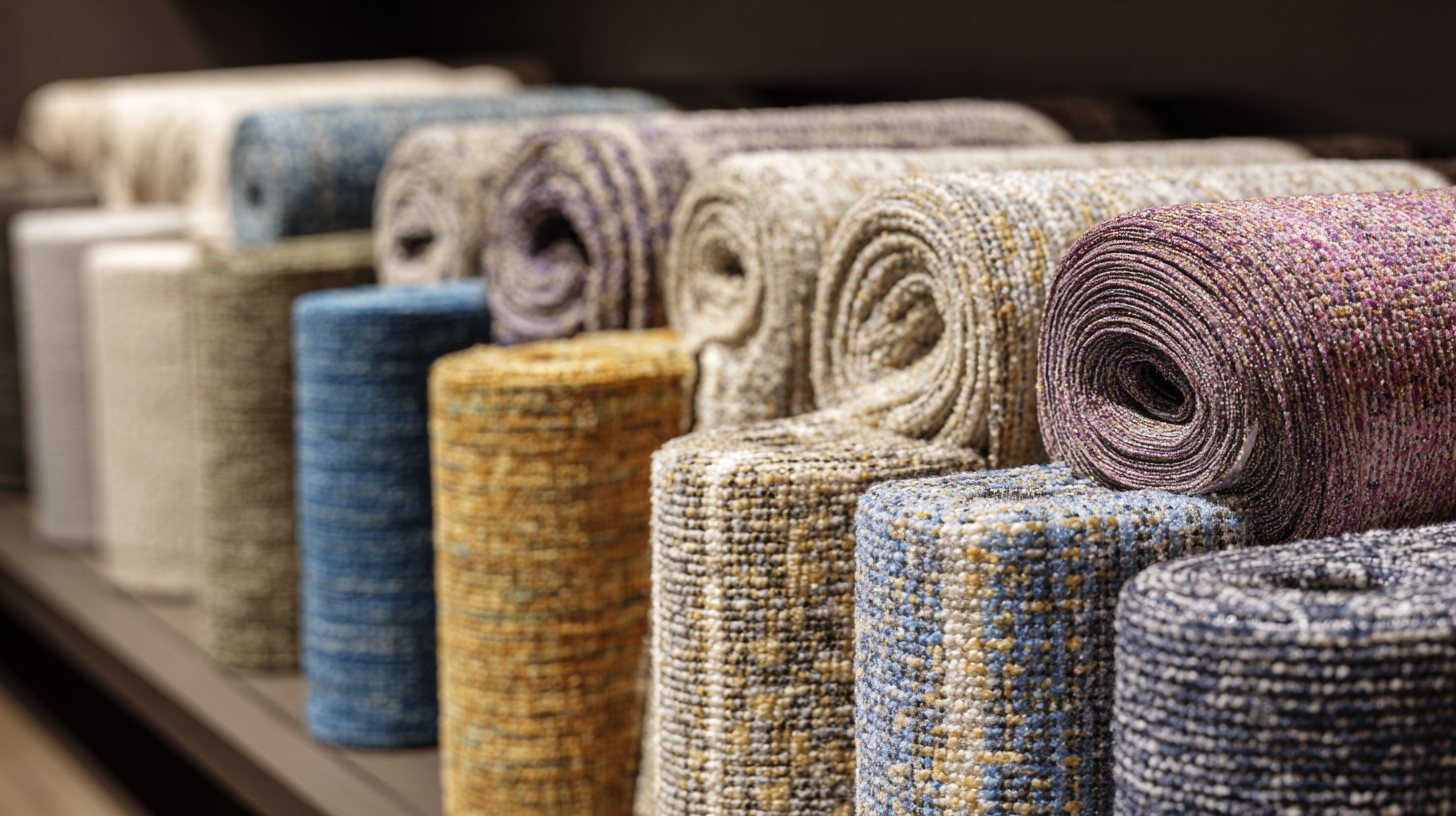
As the demand for personalized home decor continues to rise, the loop and pile carpet industry is experiencing an exciting shift towards customization. In 2025, homeowners are likely to seek carpets that not only match their interiors but also reflect their unique personalities and preferences. This trend is opening the door for manufacturers to offer a wider range of colors, patterns, and textures, allowing consumers to create carpets that truly represent their style.
Advancements in technology are playing a crucial role in this transformation. Digital printing techniques enable intricate designs and vibrant colors to be applied to carpets more efficiently than ever before. Additionally, custom sizing and shapes are becoming more prevalent, allowing for tailored solutions that fit specific spaces and requirements. By facilitating a higher degree of personalization, manufacturers are not just selling carpets but are empowering customers to express themselves through their flooring choices. This level of individuality is set to redefine the way loop and pile carpets are perceived in the contemporary market.
